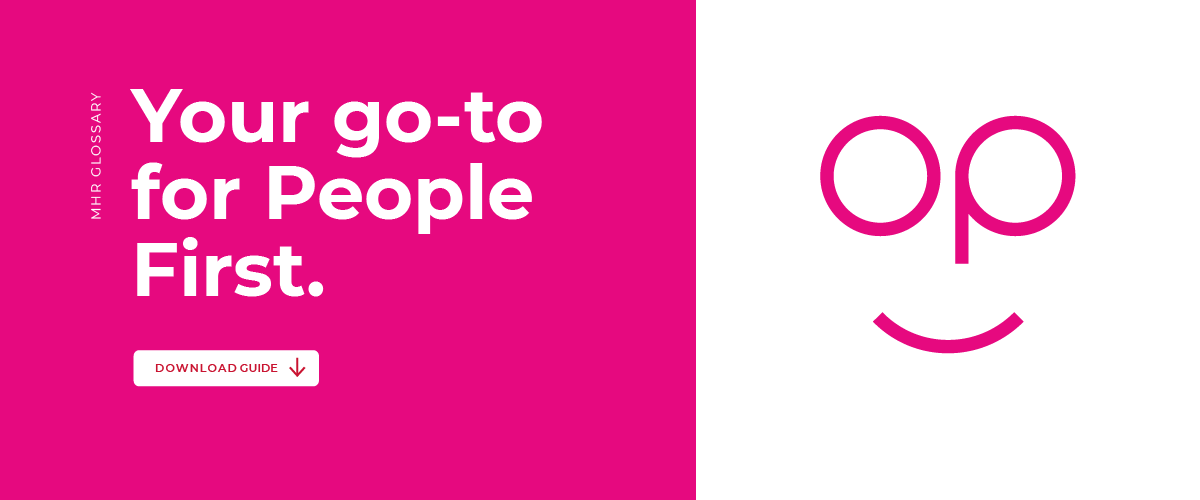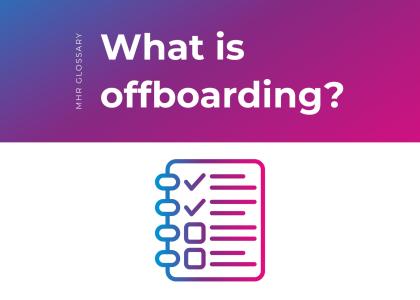Defining Offboarding in the Workplace
You’ve most likely heard of onboarding as a concept. That’s the processes through which a new hire settles into a new role. It covers a range of different things, from culture fit to practical requirements like tech set up.
Think of offboarding like the sibling to onboarding. It covers the process by which an employee leaves your organization. This covers every kind of exit, including voluntary and involuntary, and you need to account for many nuances.
Offboarding is vital because even the most amicable exit can be fraught with the potential for issues. An employee’s experience here will define how they see you for years to come, and what they say to others. This can have a huge impact on your employer brand, so it’s well worth taking the time to build an offboarding strategy.
The Significance of Offboarding in Human Resource Management
There are a number of benefits that can result from a structured offboarding process.
There are some practical benefits. For example, company equipment can be collected, and data access can be safely revoked. This maximizes data security.
Offboarding can help you form a better picture of what your company is doing well at, and what needs improvement. There’s usually a reason that people leave, and a good offboarding process can help uncover those and make amends.
Most seriously of all, good offboarding can protect your company from any wrongful termination lawsuits. It ensures that you don’t say anything you shouldn’t, and that it’s harder for anybody to act in bad faith.
Good offboarding leaves former employees with a better relationship with the company, which means they may become customers or ambassadors for your employer brand, which means they may end up sending new employees in your direction.
It’s important to note that offboarding is not an opportunity to convince an employee to stay. While counteroffers may be considered, offboarding specifically refers to the processes that occur because the employee is leaving.
Building an Effective Offboarding Policy
As with most policies, the exact shape that yours take will depend hugely on the nature of your company. Offboarding is also unique because the process will vary based on the nature of the departure. An employee who’s being fired for misconduct will have a very different offboarding process to someone who’s retiring.
However, there are some key, best practice steps you can set out.
Firstly, you need to establish the reason for the exit as soon as possible. This will direct your decision making going forward.
Regardless of why the person is leaving, you need to make sure they are all treated with empathy and fairness. Keeping things as civil as possible will protect you from any accusations of wrongdoing, and potentially help turn a former employee into an industry connection.
You’ll also want to communicate to the departure to the rest of the organization. This will prevent gossiping. For example, if a voluntary departure happens quite suddenly, people may assume they were fired, which can lead to anxiety among the team.
You’ll now want to secure any company property and start revoking system privileges. This should be done promptly, but if the employee is working their notice period, don’t be too quick! This is also the point you’ll want to schedule an exit interview, where you can collect insights about the company. People are seldom more honest than during an exit interview, so it’s the best time to learn what’s really happening.
Finally, you’ll want to start the transition of the departing employee’s knowledge and schedule over. This might be creating documentation for a new hire if you’re going to replace them like for like, but it might also involve providing that information for an existing employee if they’re going to take on extra responsibilities (whether permanently or not).
Most important of all is keeping your processes as clear and transparent as possible. Flow diagrams are an excellent tool, but many HR technology solutions can help you plan out your strategy to ensure they can be following in all circumstances.

Common offboarding mistakes
The biggest mistake that HR teams make when offboarding is ignoring the employee. While retention shouldn’t be your goal with an offboarding policy, the employee still has a lot to offer, and ignoring them can lead to big problems.
Particularly, if you have an employee who’s working a notice period, you want them to still be productive. Motivation can absolutely tank during this phase, which can lead to big problems with efficiency around the department or poor customer service. This can have a knock-on effect, as other employees become more likely to leave too.
Likewise, if you neglect to have a prompt exit interview, you miss out on a chance to collect some of the most valuable employee experience data you can acquire. Treat employees fairly during this phase and it will pay off.
The Role of Offboarding in Boomerang Employees
To reiterate, offboarding is not about retention. But there is a way to use it to get employees to come back to you!
Did you know that many employees would consider returning to their employer? The grass isn’t always greener, and often they can regret leaving after a time. These employees are known as ‘boomerang employees’ and they are an excellent recruitment resource.
Offboarding has a huge influence on whether an employee considers becoming a boomerang! If you treat them cordially and with respect, they’ll be more willing to reach out and open up the door to return. If you treat them coldly, ignore them, or haphazardly, they’ll look for different opportunities.
Digital Tools for Streamlining Offboarding
For a modern approach to offboarding, modern HR tools can be a huge help.
For example, if you automate some practical parts of the offboarding process, then you can keep your focus on ensuring the employee has a good experience.
Digital offboarding tools can also help protect your data, as it provides a centralized system to manage everything. That reduces the risk of errors.
HR solutions can also provide support with exit interviews, making it much easier to analyze that data and put it into a larger picture. If you combine this with regular check-ins, you’ll have plenty of information to build an employee experience strategy.
Want to learn about how MHR’s People First can support your offboarding strategy?



